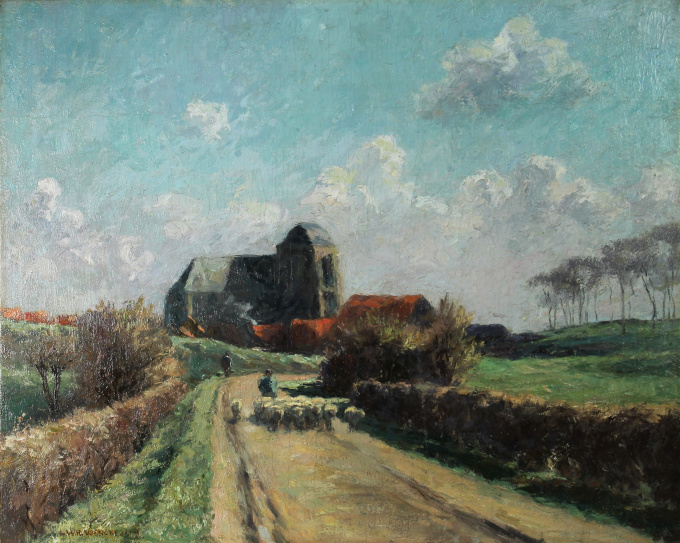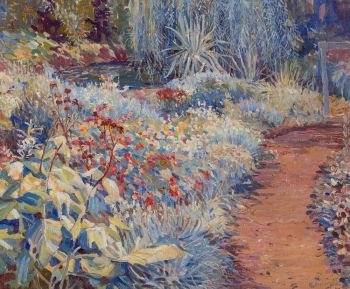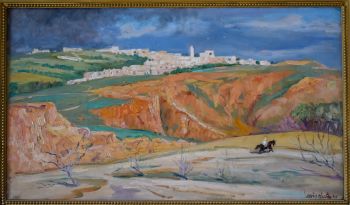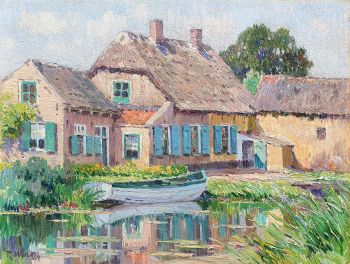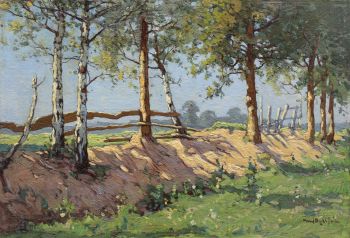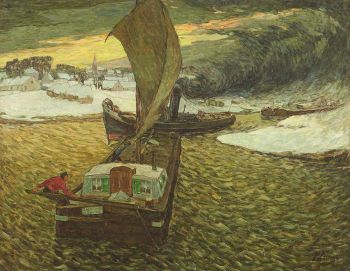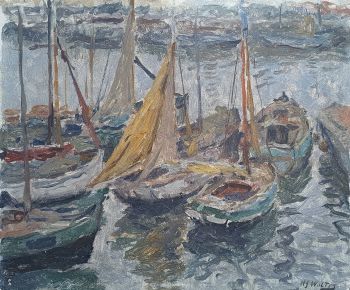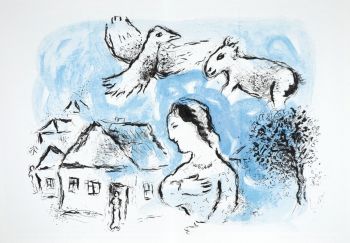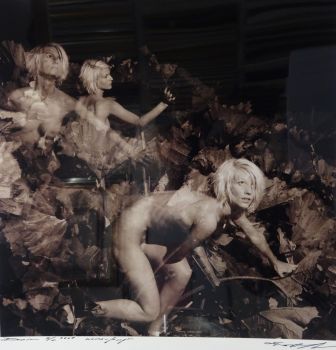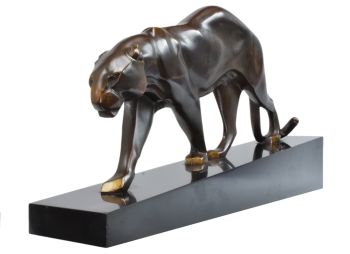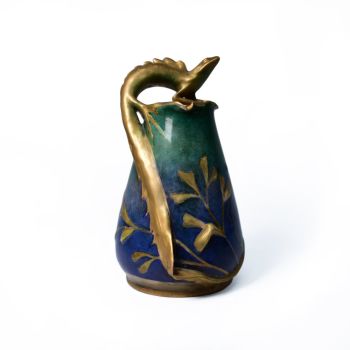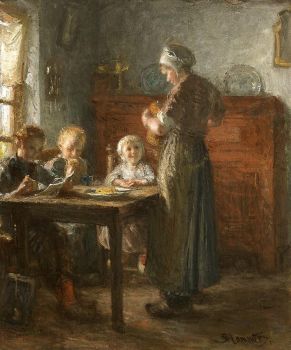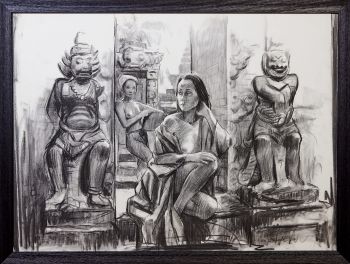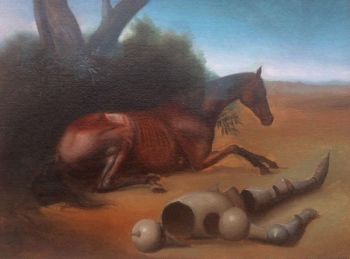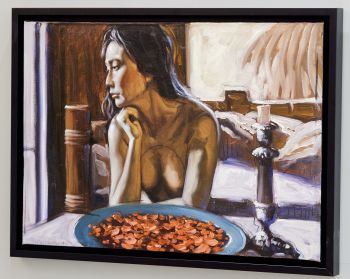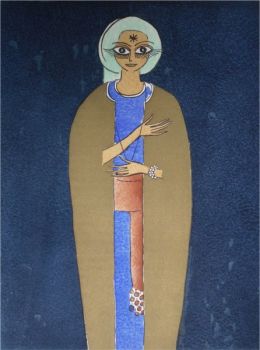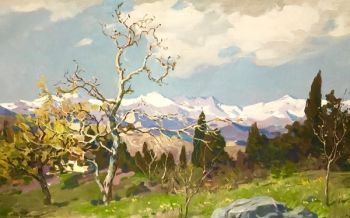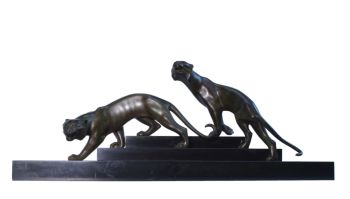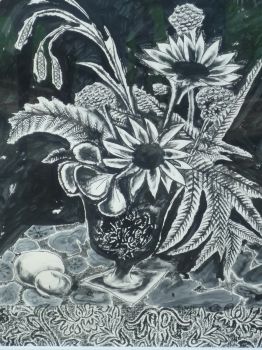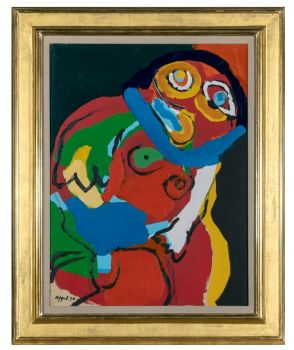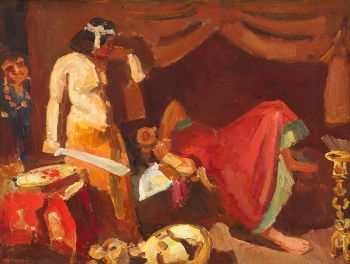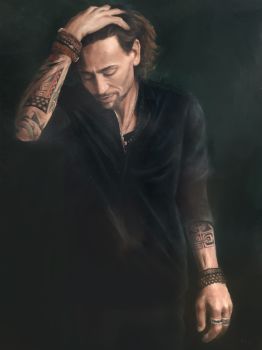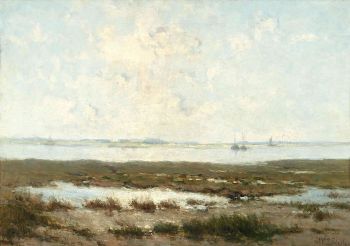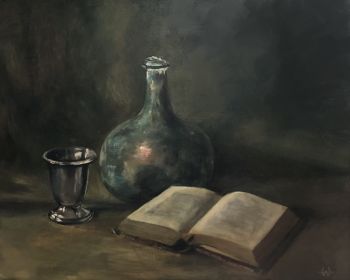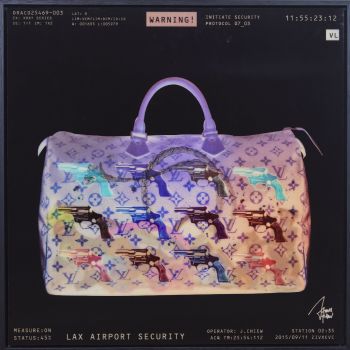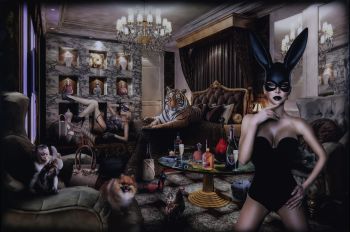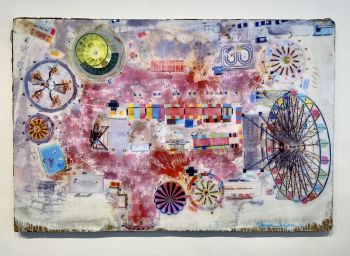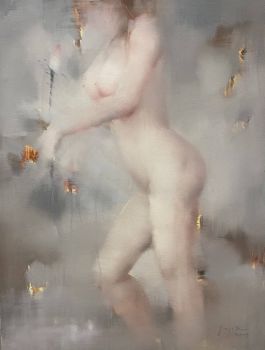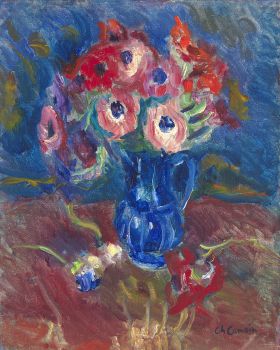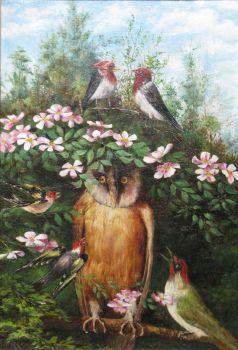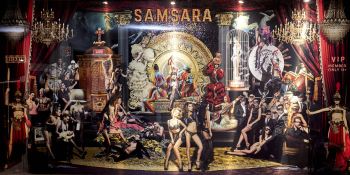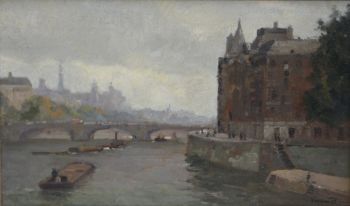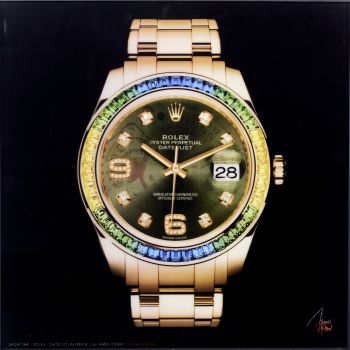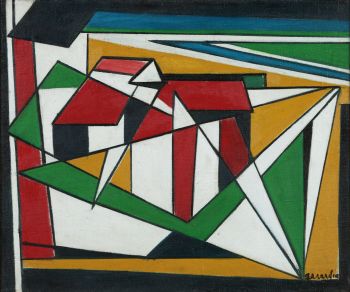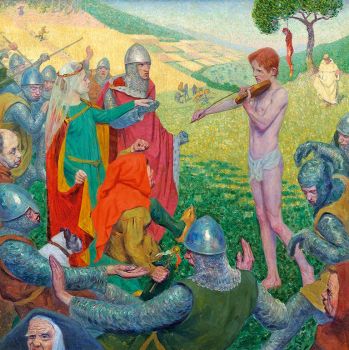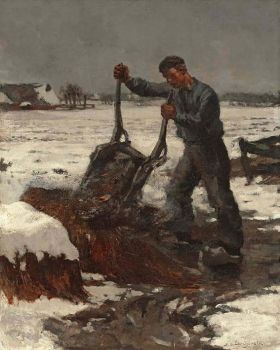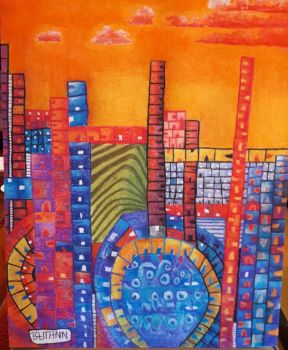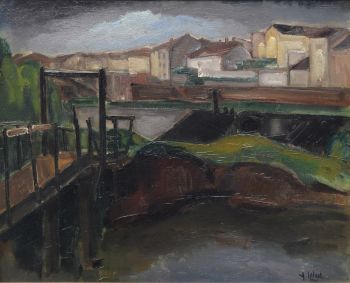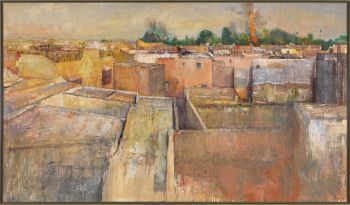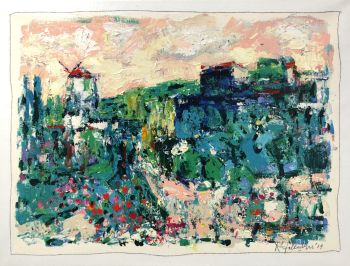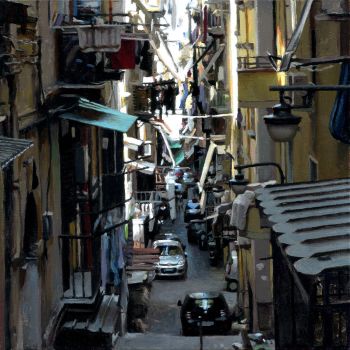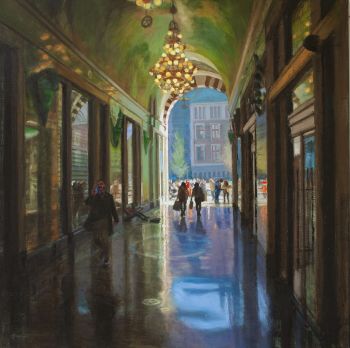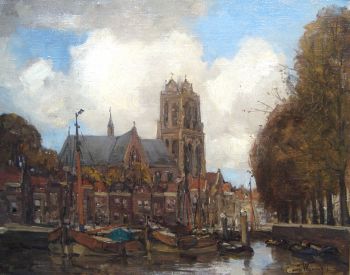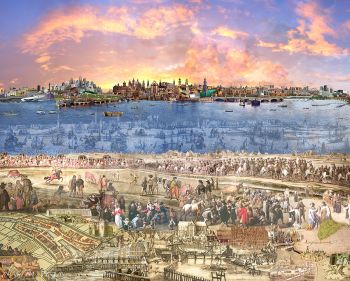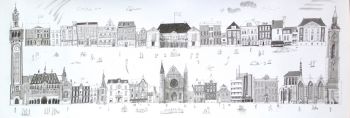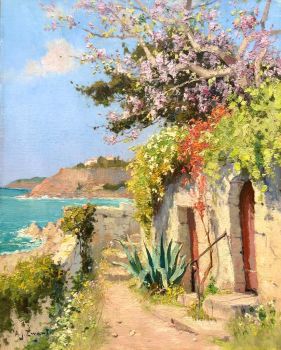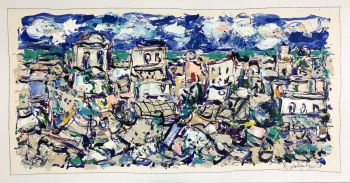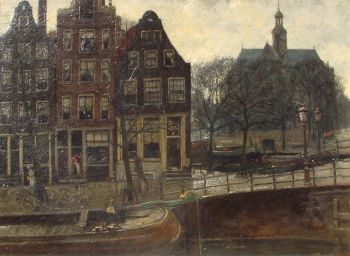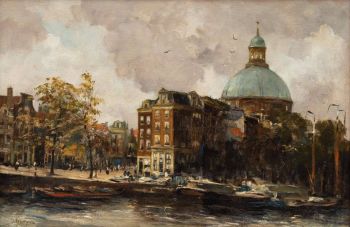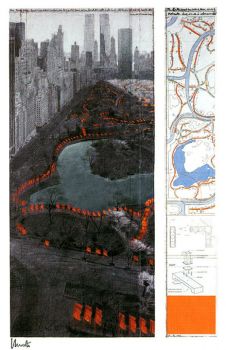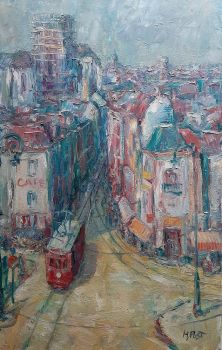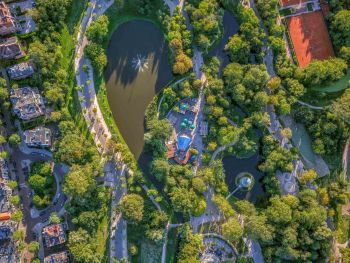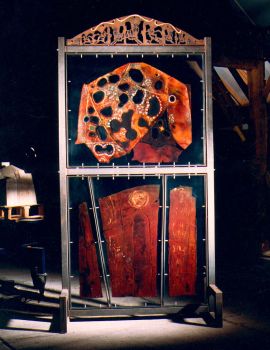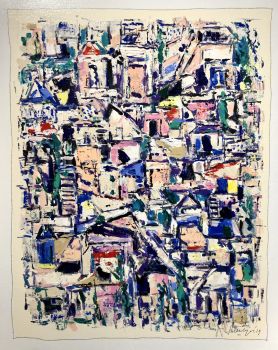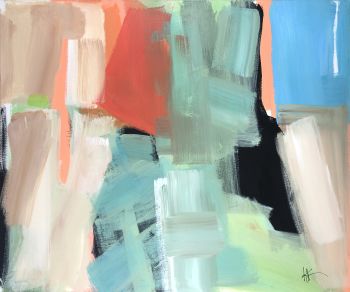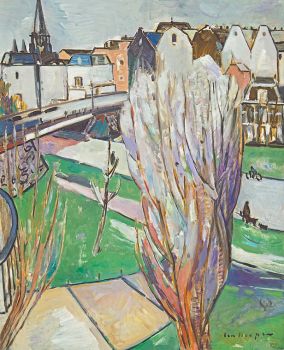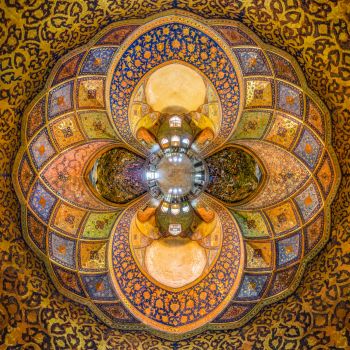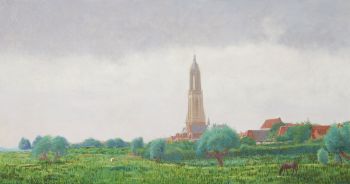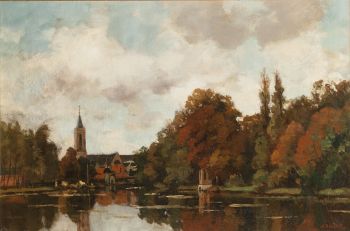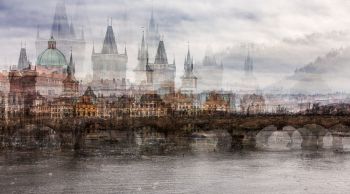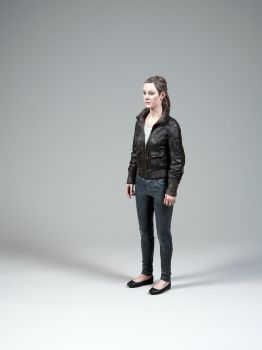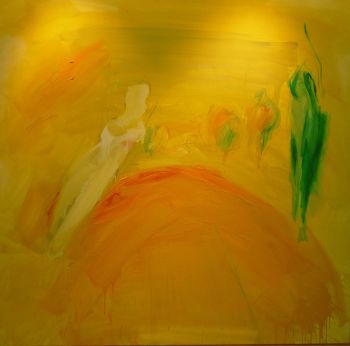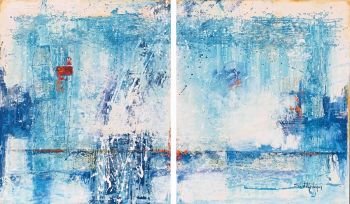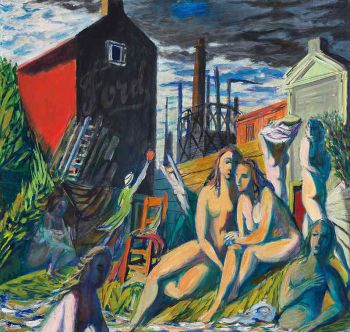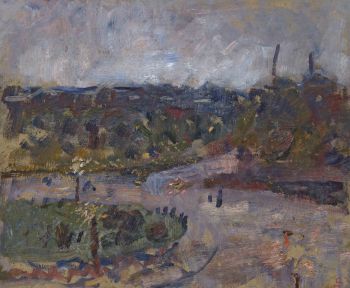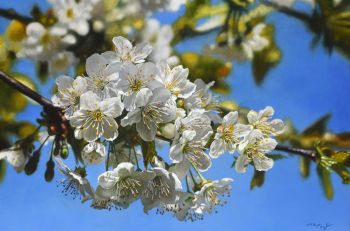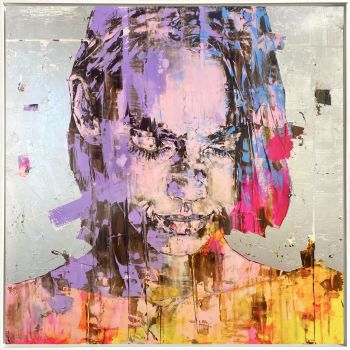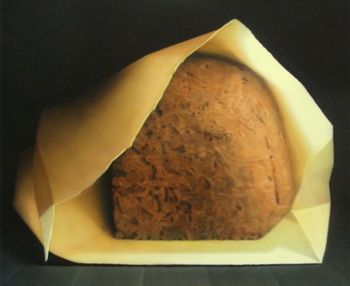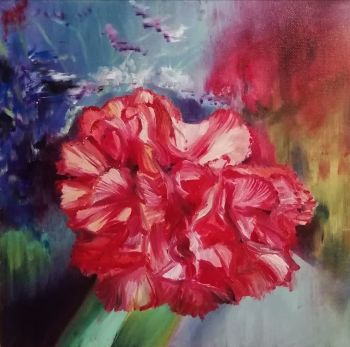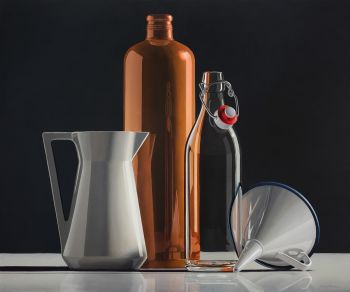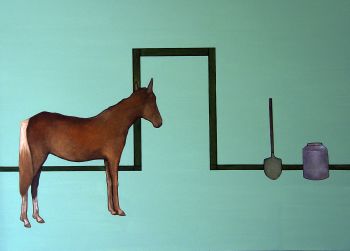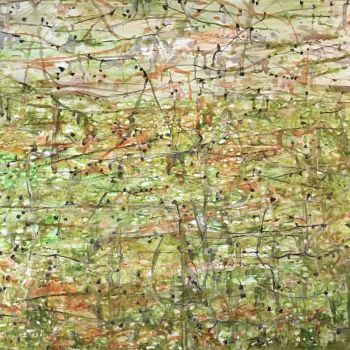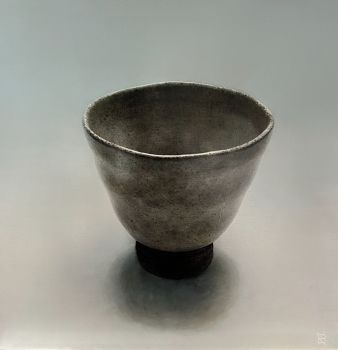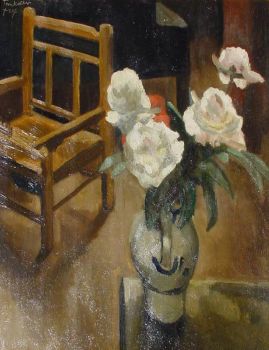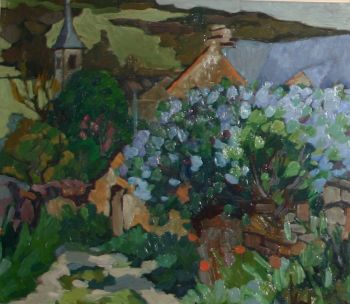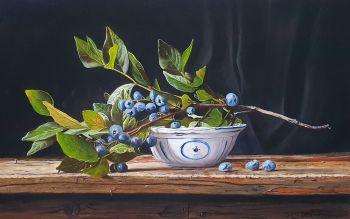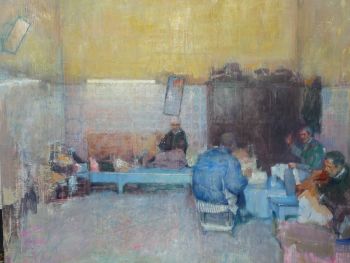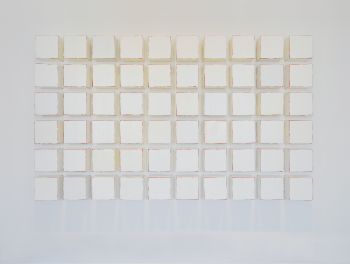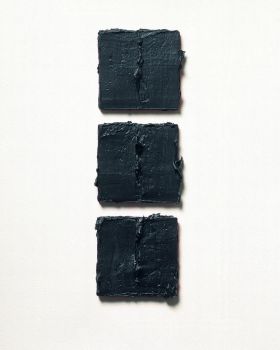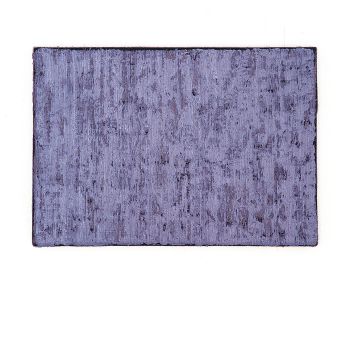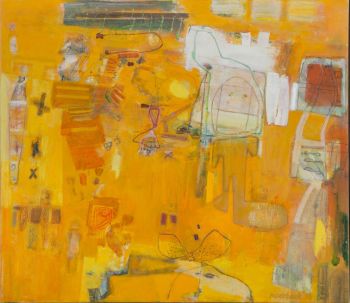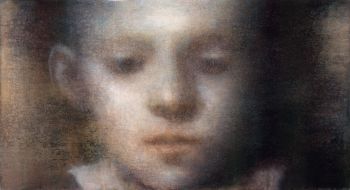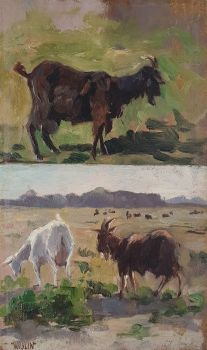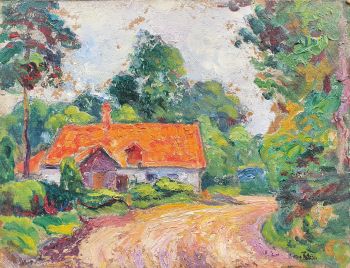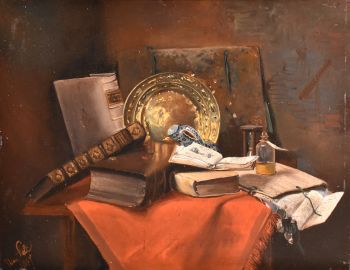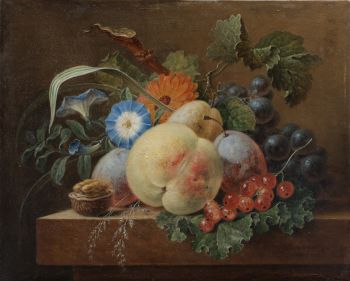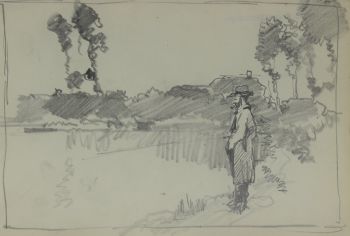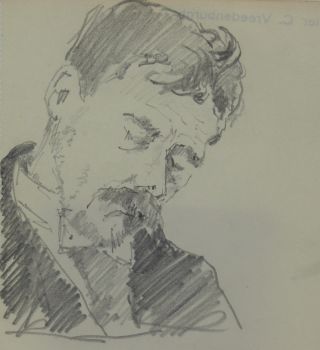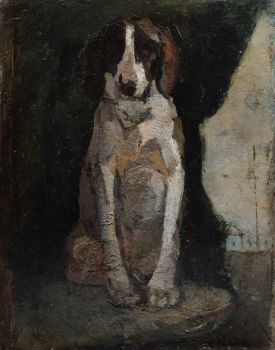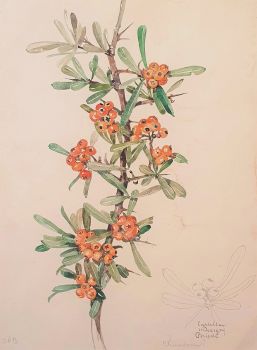View on the Church of Our Lady in Veere – Gezicht op de Grote Kerk in Veere 1910 - 1920
Willem Wenckebach
TelaPintura a óleoPintar
65 ⨯ 81 cm
ConditionExcellent
€ 3.800
Klooster Fine Art
- Sobre arte[EN]
Willem Wenckebach probably painted this view on the Church of Our Lady around 1917, around the time he specialized in painting, after his initial success as an illustrator. The work shows the small town of Veere in the Dutch province Zeeland, seen from the North-West. On the foreground, a shepherd walks his flock out of town. In the background the Church of Our Lady – or Grote Kerk – dominates the landscape.
Wenckebach painted the view in a luminist style, emphasizing the effect of the light of the morning sun lighting the church. The technique he used is akin to the impressionists, which shows most clearly in his loose and varied brushwork. Especially in the sky but also throughout the painting he displays his mastery of colour.
Veere is situated on the coast and historically was a successful trade town on the former island of Walcheren. In the early twentieth century the region became a popular destination for artists to visit, particularly the city of Domburg. The seaside resort attracted artists like James McNeill Whistler, Piet Mondriaan and Jan Toorop.
[NL]
Willem Wenckebach schilderde dit gezicht op de Onze-Lieve-Vrouwekerk in Veere vermoedelijk rond 1917. Dat is rond de tijd dat hij zich specialiseerde in schilderen, na zijn aanvankelijke succes als illustrator. Het schilderij toont het kleine, Zeeuwse plaatsje Veere, vanaf het Noordwesten gezien. Op de voorgrond loopt een herder met zijn kudde het dorp uit. De achtergrond word gedomineerd door de aanblik op de Onze-Lieve-Vrouwe- of Grote Kerk.
Wenckebach schilderde het werk in lijn met de luministen, waarbij hij het effect van het ochtendlicht op de kerk benadrukte. De schildertechniek die hij gebruikte is verwant aan het werk van de impressionisten, wat vooral terugkomt in zijn vrije en gevarieerde penseelvoering. Voornamelijk de lucht, maar ook verspreid door het schilderij laat hij veel gevoel voor kleur zien.
Veere is gesitueerd aan de kust, en was een historisch belangrijke handelsstad op het toenmalige eiland Walcheren. In de vroege twintigste eeuw werd de regio een gewilde bestemming voor kunstenaars – met name het nabij gelegen Domburg. Die kustplaats trok grote kunstenaars als James McNeill Whistler, Piet Mondriaan en Jan Toorop aan. - Sobre artista
Ludwig Willem Reymert Wenckebach, mais conhecido como Willem Wenckebach, foi um versátil artista holandês. Ele trabalhou como pintor, ilustrador, encadernador e artista gráfico, e era mais conhecido por suas aquarelas para os álbuns Verkade de Jac. P. Thijsse, além de colaborações com Jan Voerman Jr. e Jan van Oort.
Em 1878, Wenckebach foi aprendiz de D.P. van Lokhorst e Jacob Eduard van Heemskerck van Beest em Utrecht, depois do qual estudou em Paris entre 1880 e 1884 graças a uma bolsa real. De volta à Holanda, tornou-se membro do Genootschap Kunstliefde e desenvolveu uma amizade com Anthon van Rappart, com quem pintava frequentemente 'en plein air'.
Wenckebach, conhecido por suas pinturas de paisagens, também era amigo de figuras como Hendrik Petrus Berlage e Antoon Derkinderen. Expôs regularmente na Arti et Amicitiae e fez exposições individuais em negociantes de arte a partir de 1910. O seu trabalho, principalmente no estilo da Escola de Haia, centrou-se em paisagens de zonas como Wolfheze, Drenthe e as dunas holandesas.
Depois de 1917, Wenckebach concentrou-se inteiramente na pintura e parou de ilustrar. Também lecionou na Escola de Artes Aplicadas de Haarlem, com alunos como seu primo Oswald Wenckebach e outros como Rie de Balbian Verster-Bolderhey e Johan Briedé.
Você está interessado em comprar esta obra de arte?
Artwork details
Related artworks
- 1 - 4 / 24
Herman Bogman jr.
Le Pont au Change et Le Conciergerie in Paris 1935 - 1945
Preço em pedidoAdelwein Kunst
1 - 4 / 24- 1 - 4 / 24
- 1 - 4 / 24
- 1 - 4 / 12

